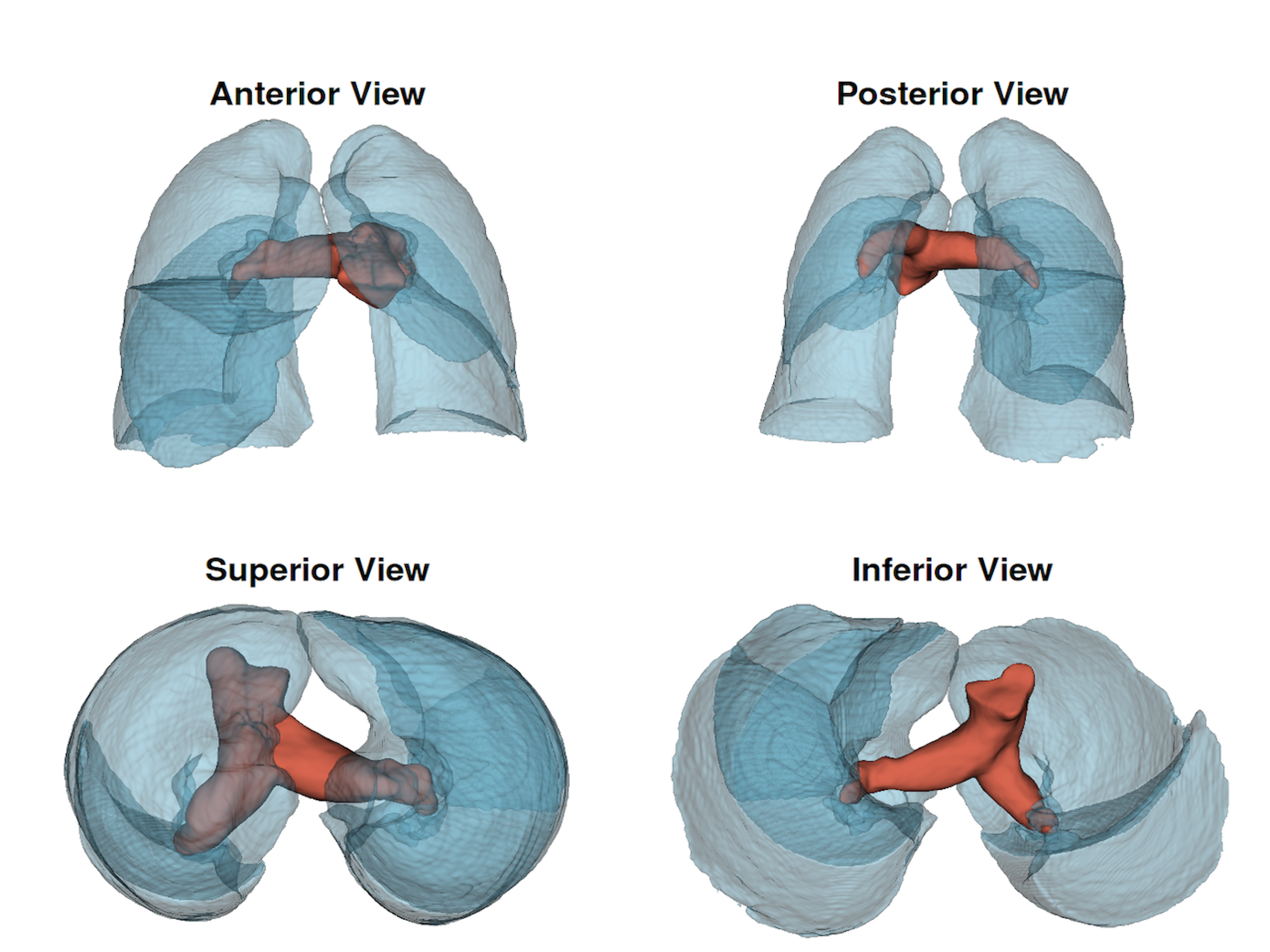Ph.D. Candidate: Ahmet Görkem Er
Program: Health Informatics
Date: 16.07.2025 / 15:30
Place: A-108
Abstract: This thesis investigates multimodal data fusion and multicompartment image analysis to enhance diagnostic modeling and clinical prediction in acute and chronic lung diseases. Two distinct patient cohorts were analyzed to address these objectives. In the first part, we studied a cohort of COVID-19 patients by integrating imaging, clinical, laboratory, and viral genome sequencing data using sparse linear modeling techniques. To identify and quantify relationships across these diverse data modalities, we applied unsupervised sparse canonical correlation analysis, which revealed significant correlations between imaging data and laboratory results and enabled the identification of distinct clinical phenotypes. We also employed supervised cooperative learning to optimize multimodal data fusion for predicting intensive care unit admission. Furthermore, we innovatively leveraged the Word2Vec natural language processing model to encode viral genomes, an approach that not only distinguished major SARS-CoV-2 variants but also preserved phylogenetic relationships between viral strains, enabling the integration of genomic data into downstream clinical modeling. In the second part, we focused on interstitial lung diseases, applying the concept of multicompartment image analysis by extracting and integrating lung parenchymal and pulmonary artery radiomics features from chest computed tomography scans. We demonstrated that pulmonary artery features are interpretable and hold predictive value for pulmonary hypertension and transplant-free survival. Moreover, combining pulmonary artery and lung parenchymal features improved predictive performance for these outcomes. Together, in these parts, we illustrate how multimodal data fusion and multicompartment image analysis can mirror clinical decision-making processes and improve personalized prognostication in complex lung diseases.
